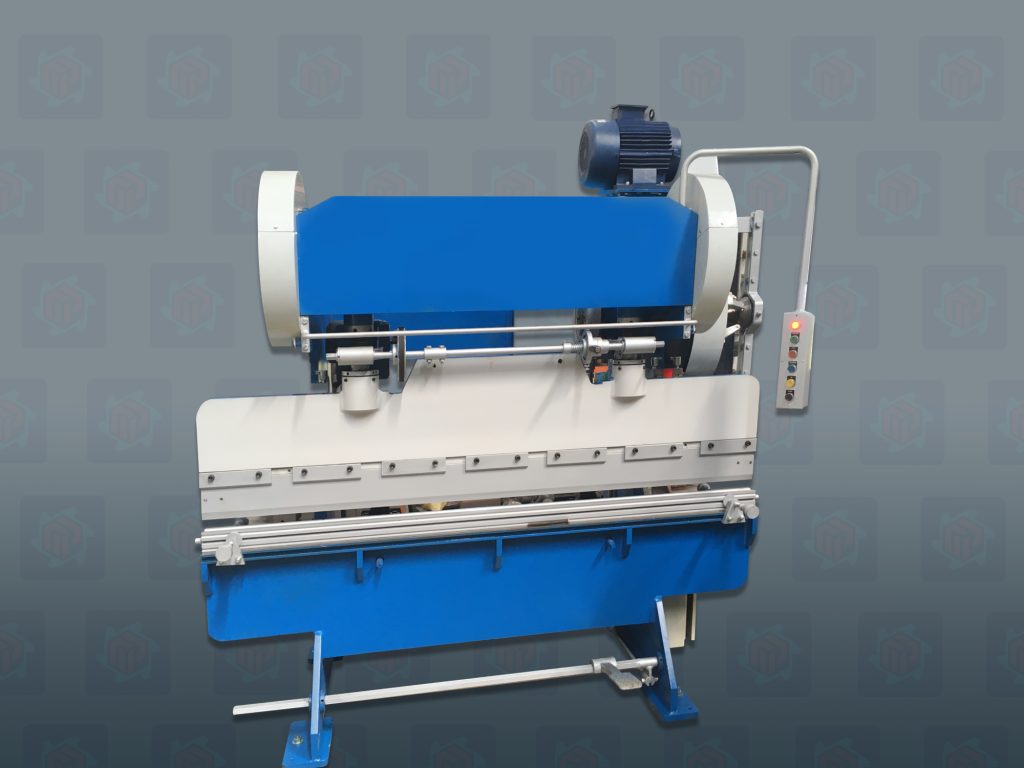Mechanical press brake Machine

Mechanical press brake Machine
A mechanical press brake is a type of machine used to bend and shape metal sheets by applying a significant force through a punch and die setup. It is widely used in metalworking industries for creating precise bends, folds, and other shapes in various materials.
Mechanical press brake Machine
components and features
The frame is the main structure of the press brake, typically made of steel or cast iron. It provides the rigidity needed to withstand the forces applied during the bending process. The frame can be designed in different shapes, such as C-frame or H-frame.
The crankshaft converts the rotary motion of the flywheel into linear motion for the ram. It is a critical component in mechanical press brakes, ensuring smooth and efficient operation.
The upper die, or punch, is mounted on the ram. It shapes the material by pressing it against the lower die during the bending process. The design of the upper die can vary based on the specific bending operation.
The lower die is fixed to the bed of the press brake. It provides a support surface for the metal sheet and shapes the material as the upper die descends. The V-shape of the die allows for various bending angles.
The bed is the stationary part of the press brake that supports the workpiece and the lower die. It is designed to be robust and durable, providing a stable surface for accurate bending.
The clutch engages and disengages the ram’s movement, allowing for controlled operation. It can be activated manually or automatically, depending on the machine design.
The flywheel stores kinetic energy and helps drive the crankshaft, which powers the ram's vertical movement. The flywheel provides the necessary force to bend the material efficiently.
The lower die is fixed to the bed of the press brake. It provides a support surface for the metal sheet and shapes the material as the upper die descends. The V-shape of the die allows for various bending angles.
Connecting rods link the crankshaft to the ram, transmitting motion and force from the crankshaft to the ram for bending operations.
Many mechanical press brakes have a ram adjustment mechanism, allowing operators to change the ram's travel distance according to the material thickness and desired bend angle.
The back gauge is an adjustable mechanism that helps position the metal sheet accurately before bending. It ensures consistent and precise measurements for each bend.
The control panel allows operators to manage the machine's functions, including starting and stopping the operation, adjusting the die length, .

